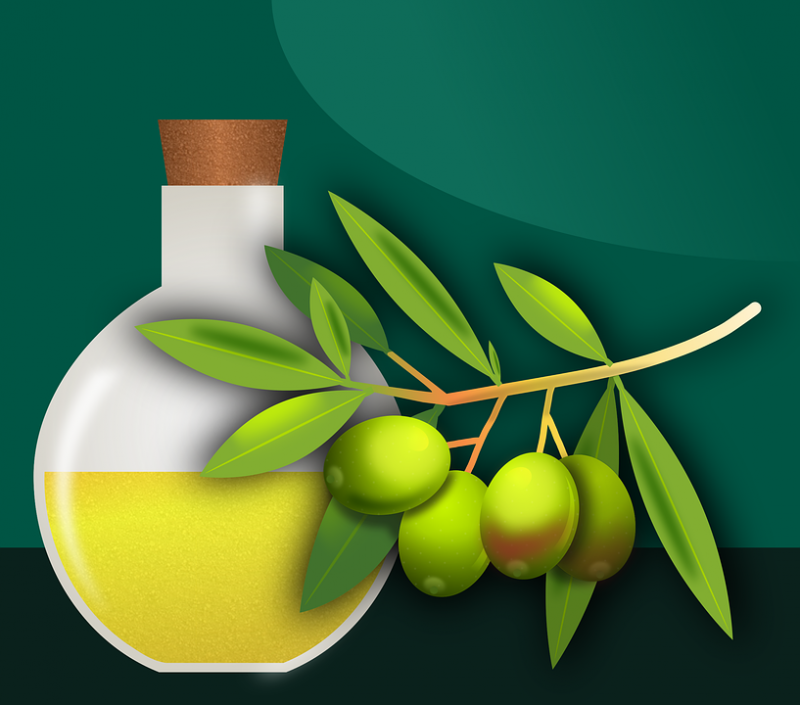Olive Mill Wastewater Converted to Biofuel
Published on by Water Network Research, Official research team of The Water Network in Technology
Scientists have successfully converted the wastewater from olive oil production into a green biofuel.
To create oil, olives are crushed and mixed with water in mills. The oil is then separated out of this mixture, and dirty water and solid residue discarded. The wastewater created can pollute waterways, reduce soil fertility and trigger extensive damage to ecosystems.

Olive oil, Source: MaxPixel
In Mediterranean countries, where 97% of the world’s olive oil is produced, close to 8 billion gallons of the polluting wastewater is produced each year.
Previous research has looked into the possibility of burning the wastewater with mixtures of solid waste from the olive oil mills or waste wood. Unfortunately, these approaches have proven either too expensive or produced an excessive amount of air pollution.
Mejdi Jeguirim from the Institut de Science des Matériaux de Mulhouse and colleagues have taken a different approach, developing a method to convert olive mill wastewater (OMW) from a polluter into sustainable products such as biofuel, biofertiliser, and safe water for use in agricultural irrigation. Their research has been published in the American Chemical Society Sustainable Chemistry & Engineering journal.
According to a statement from the American Chemical Society, the researchers embedded OMW into cypress sawdust, another waste product common in the Mediterranean. This mixture was then rapidly dried and the evaporated water collected to be used to safely irrigate crops.
The OMW sawdust was then subjected to pyrolysis, where organic material is exposed to high temperatures in the absence of oxygen. This absence of oxygen prevents the material from combusting, but makes it thermally decompose into combustible gases and charcoal. The gas was collected and condensed into bio-oil, which could eventually be used as a heat source for OMW sawdust drying and the pyrolysis process.
In the final step, the charcoal pellets were collected and loaded with potassium, phosphorous, nitrogen and other nutrients extracted from the breakdown of OMW-sawdust mixture during pyrolysis. Using the pellets as biofertilisers, the researchers found that after five weeks plant growth was significantly improved, including larger leaves when compared to vegetation grown without the pellets.
Source: Biofuels
Media
Taxonomy
- Wastewater Use
- Water Reuse & Recycling
- Technology
- Wastewater Treatment
- Wastewater Collection
- Industrial Water Reuse
- Reuse
- Biofuels
- Biofuels